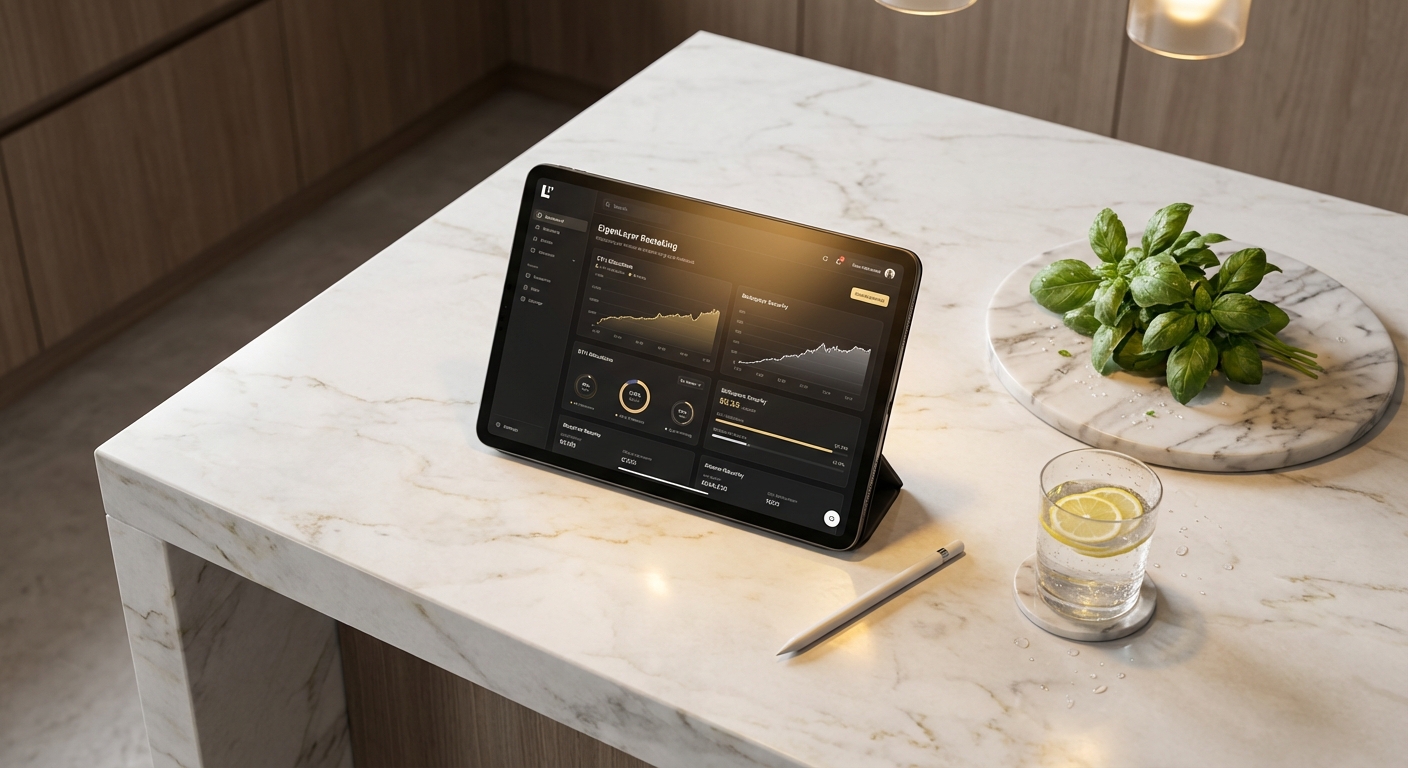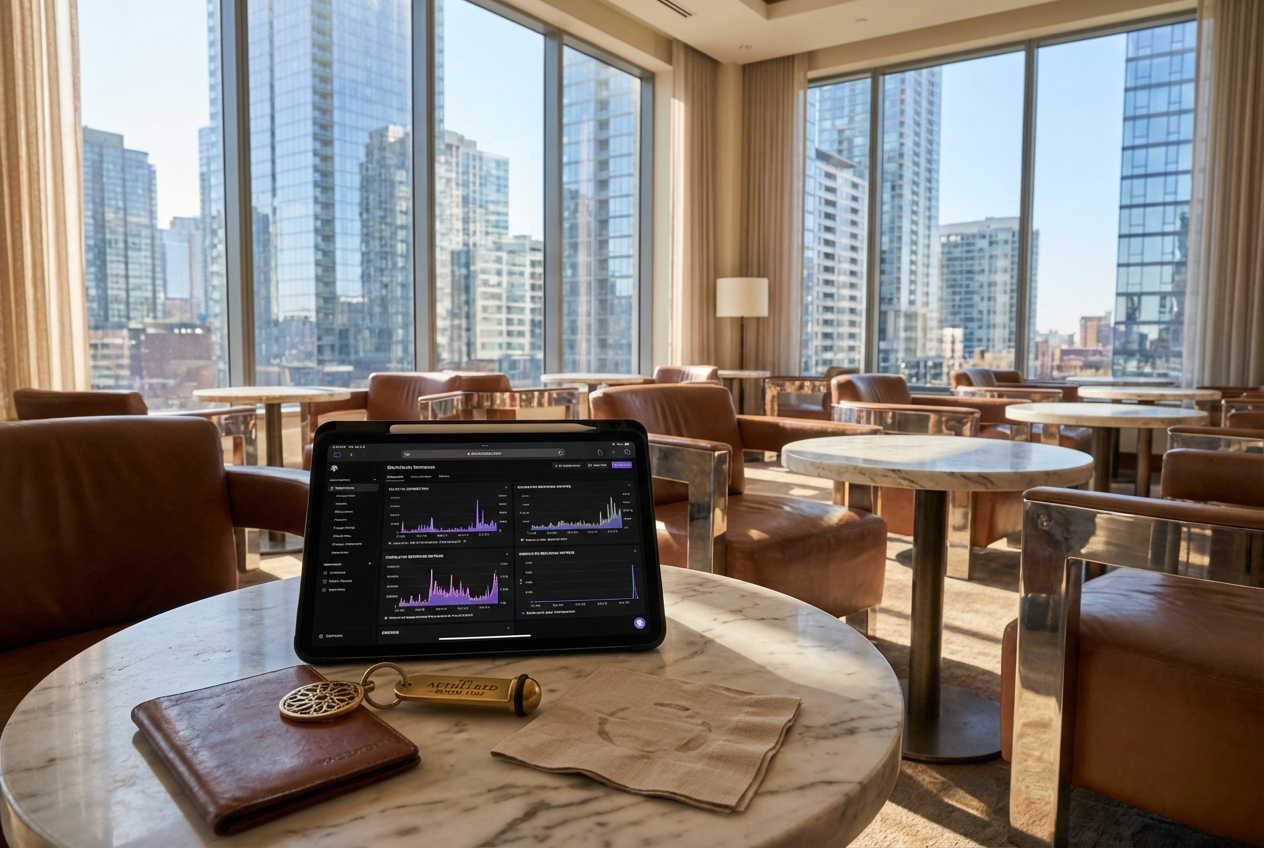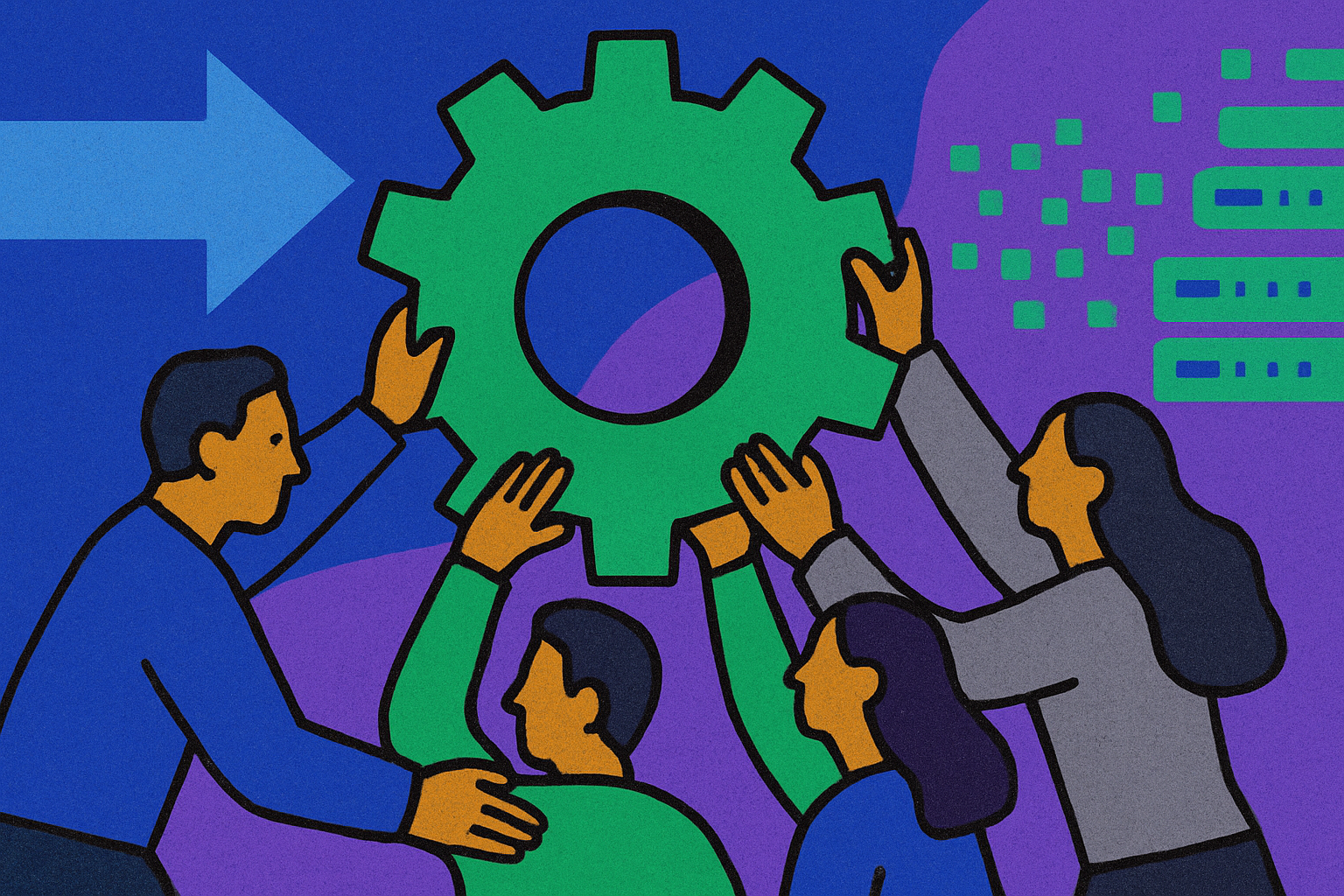
Ethereum’s tenth anniversary marked a seismic leap for the modular blockchain ecosystem: EigenDA V2 launched on mainnet, instantly resetting expectations for what’s possible in L2 data availability. With a live throughput of 100 MB/s, EigenDA V2 now supports over 1,000,000 ETH transfers per second, 800,000 and ERC-20 transfers per second, and 80,000 and token swaps per second. These metrics don’t just edge past legacy finance – they obliterate it, outpacing Visa’s peak by 12.8 times and opening the door to a new era of high throughput blockchain applications.
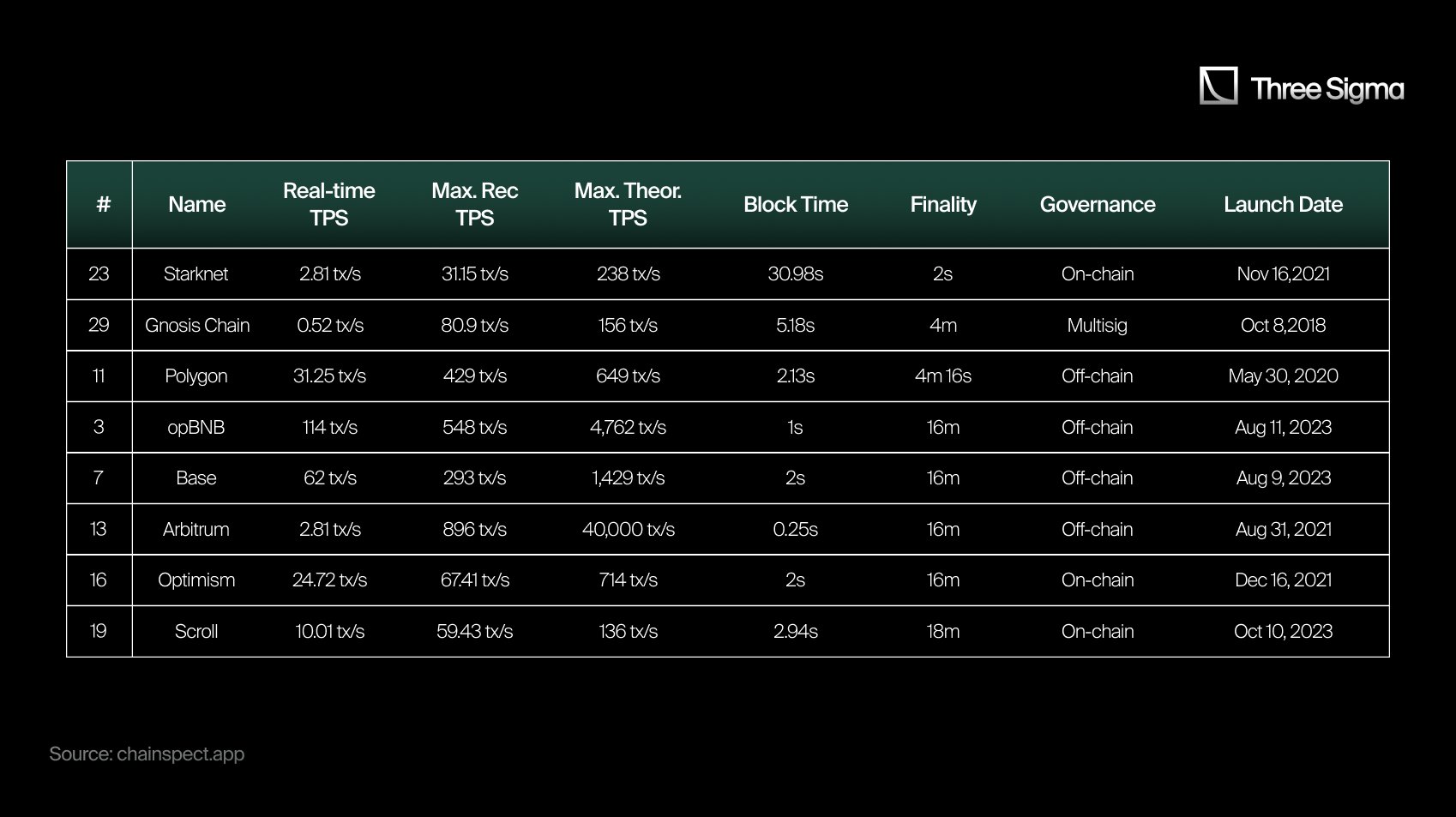
The End of the L2 Data Bottleneck
The bottleneck in Ethereum Layer 2 (L2) scaling has always been data availability (DA). Rollups aggregate thousands of transactions but still rely on Ethereum’s base layer to publish their data, which is both expensive and slow. This limitation throttled innovation across everything from decentralized stablecoins to verifiable compute protocols. As Kydo succinctly put it: “I strongly believe eigenda has solved the L2 DA capacity bottleneck. . . we are about two full years ahead of competition. “
EigenDA V2 is not just an incremental upgrade. It’s a fundamental redesign that leverages three core technical breakthroughs:
- LittDB: A custom-built database purpose-engineered for DA workloads.
- GPU-Accelerated Erasure Coding: Slashes redundancy overhead and maximizes validator efficiency.
- Separation of Control/Data Planes: Decouples transaction orchestration from raw data movement for massive latency reductions.
The result? Average latency is now just 5 seconds (with p99 at 10 seconds), making real-time dApps not just feasible but expected.
Pushing Past Legacy Finance: What 1M and TPS Actually Means
The headline numbers are eye-watering: more than 1 million ETH transfers per second. But what does this unlock in practice?
Key Use Cases Enabled by EigenDA V2’s Ultra-High Throughput
-
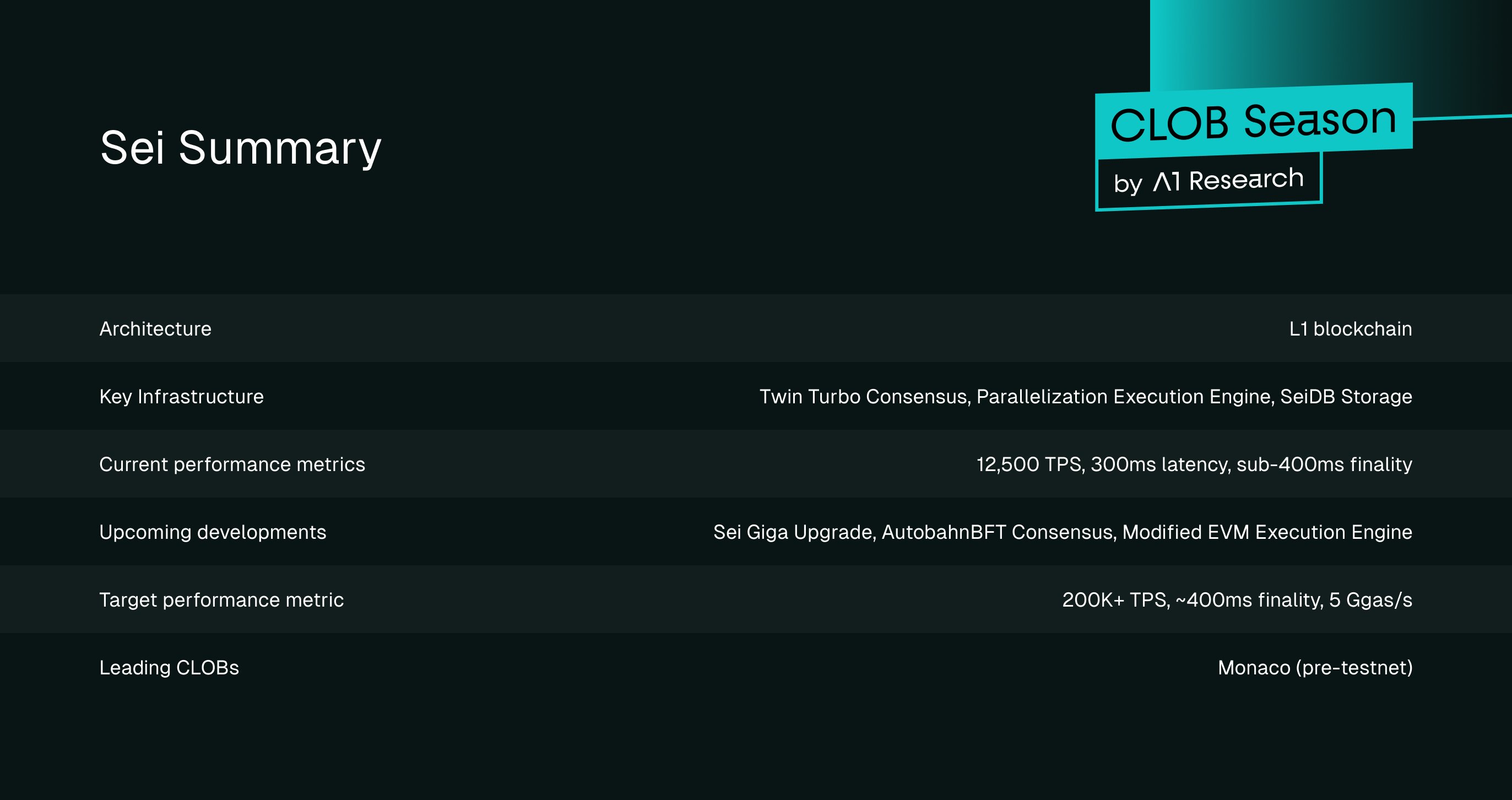
Massive-Scale Stablecoin Transfers: EigenDA V2 enables over 1,000,000 ETH transfers per second and 800,000+ ERC-20 transfers per second, facilitating global-scale stablecoin payments and remittances that surpass traditional payment networks like Visa by 12.8 times in throughput.
-
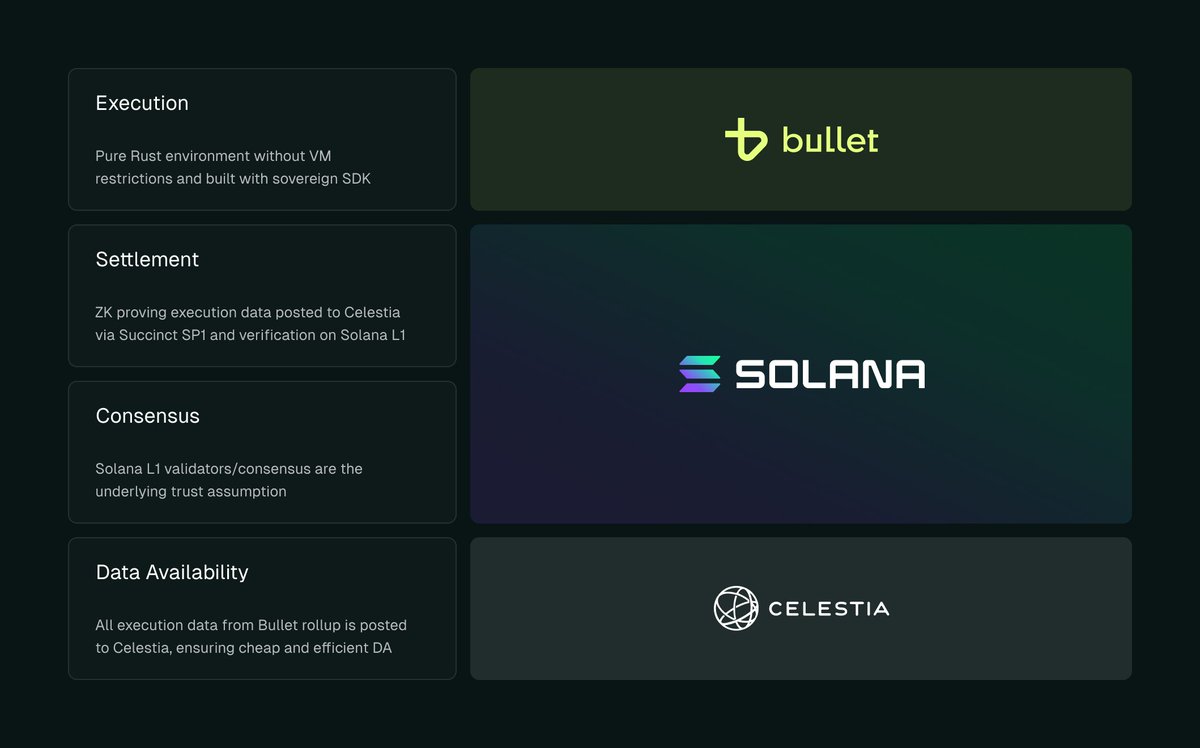
High-Frequency Decentralized Trading: With support for 80,000+ token swaps per second, decentralized exchanges (DEXs) and automated market makers (AMMs) can now handle institutional-grade, high-frequency trading without congestion or latency issues.
-
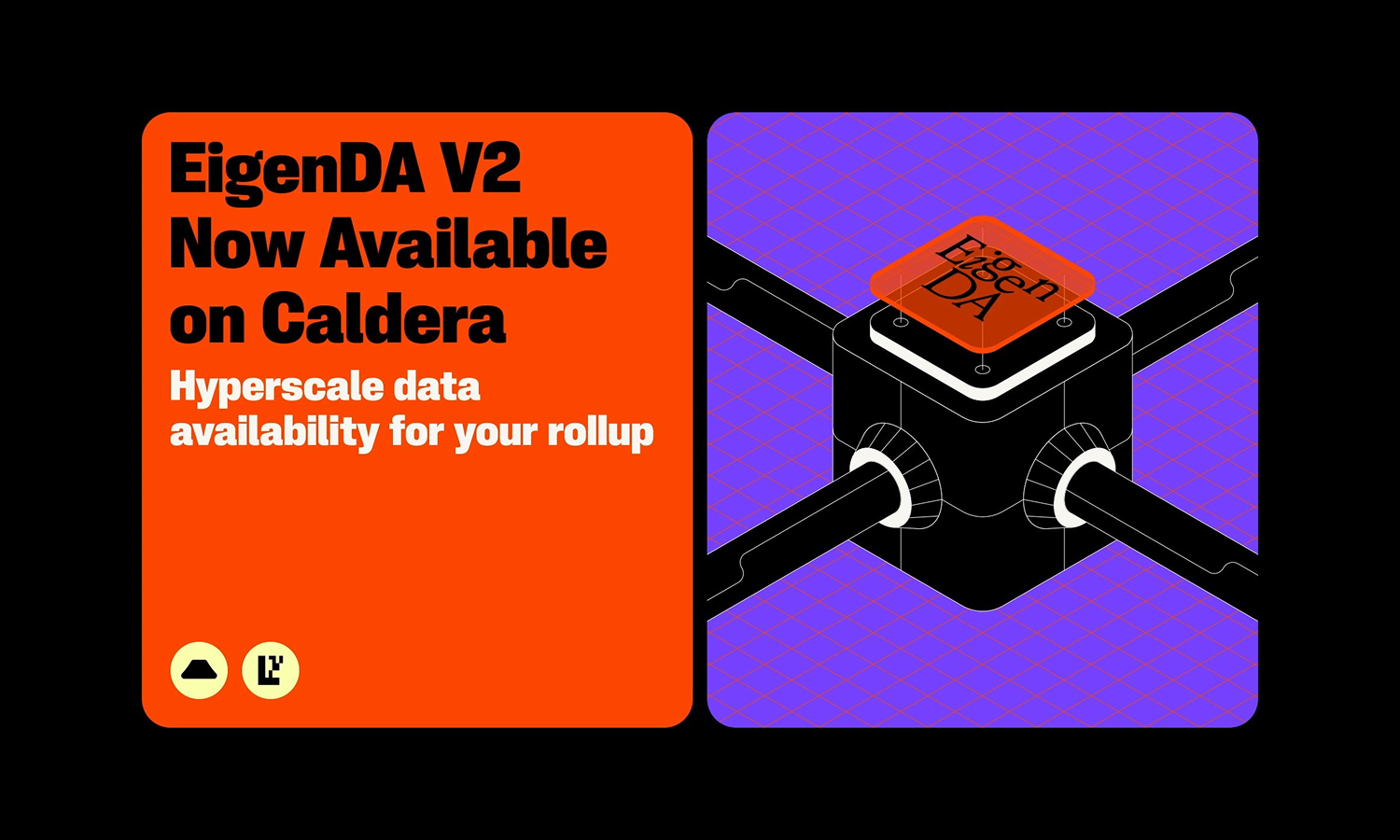
On-Chain Gaming and Metaverse Applications: The ultra-low latency (average 5 seconds, p99 10 seconds) and high throughput make it possible to run large-scale, real-time on-chain games and metaverse platforms, supporting complex in-game economies and interactions.
-
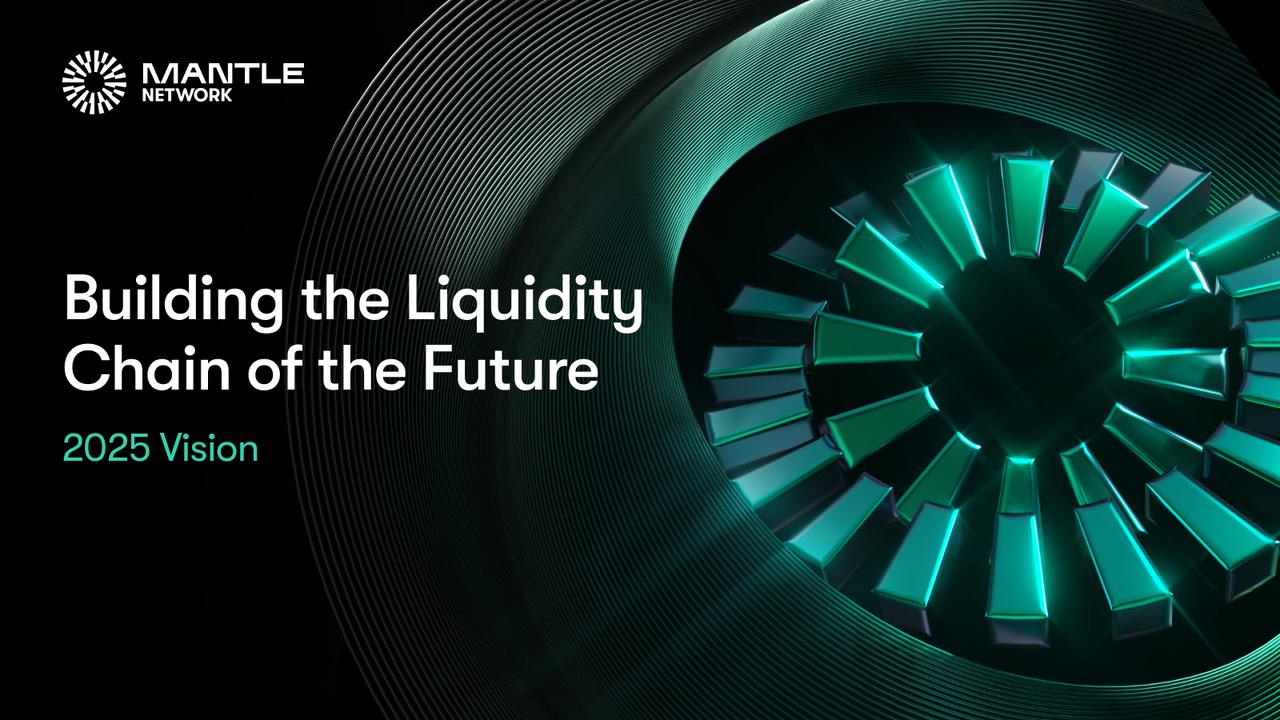
Enterprise-Grade Rollup Deployments: Major Layer 2 solutions like Mantle Network have integrated EigenDA V2, unlocking unprecedented scalability, censorship resistance, and cost-efficiency for enterprise and institutional blockchain applications.
-
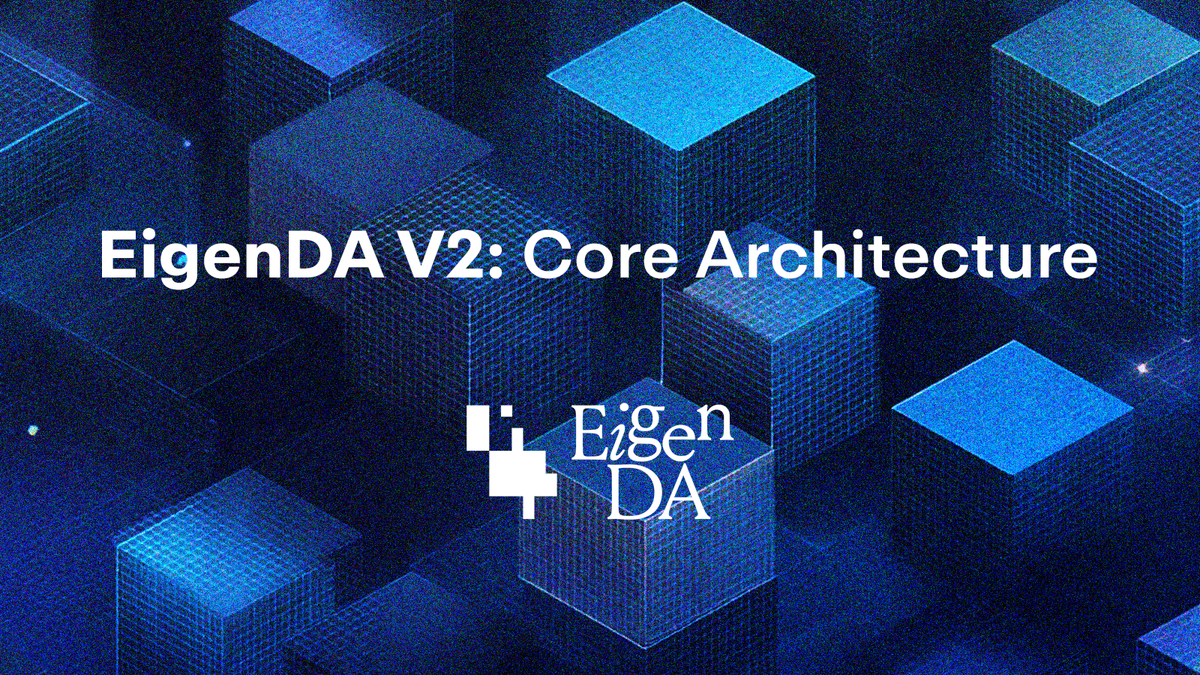
Decentralized Social Networks and Content Platforms: The ability to handle millions of transactions per second supports the creation of decentralized social media and content-sharing platforms that can compete with Web2 giants in both scale and user experience.
This scale enables decentralized stablecoins to rival payment rails like Visa or Mastercard without compromising on decentralization or censorship resistance. It also dramatically expands the design space for real-time gaming, prediction markets, verifiable compute networks, and high-frequency DeFi protocols, all previously hamstrung by DA limits.
Mainnet-Proven Performance and Global Validator Testing
Skeptics might ask if these numbers are theoretical. They’re not. In rigorous 60-hour load tests spanning three continents and involving 14 independent validators, EigenDA V2 consistently hit its advertised peak throughput without degradation or centralization risk. This performance isn’t just marketing – it’s been observed in production conditions across both mainnet and Sepolia testnet environments.
The Mantle Network was first to integrate EigenDA fully at scale, unlocking new levels of censorship resistance and scalability for its users, a move that signals where the rest of the modular stack is heading next.
What’s equally important is that decentralization remains a core design principle. Unlike legacy scaling solutions that often trade security for speed, EigenDA V2’s operator model ensures robust, permissionless participation. While the 200-operator cap is an acknowledged ceiling today, it’s a deliberate choice to balance performance with network health, setting the stage for further expansion as demand surges and protocol maturity increases.
For restakers and node operators, this presents a dual opportunity: participate in the most advanced DA protocol on Ethereum while earning staking rewards commensurate with the new scale of data throughput. As DA becomes the new blockspace, restaking strategies must evolve to optimize not just for yield, but also for network impact and long-term sustainability.
How EigenDA V2 Redefines Modular Blockchain Economics
The economics of high throughput blockchain infrastructure are shifting. Previously, L2s paid a premium to publish data on Ethereum mainnet, costs which were then passed down to users via high transaction fees. With EigenDA V2’s 100 MB/s throughput and sub-10 second latency, the cost-per-transaction plummets while reliability soars. This creates an environment where:
- Decentralized stablecoins can scale globally without centralized choke points or prohibitive costs.
- Rollup teams can launch next-generation dApps with real-time settlement guarantees.
- Restakers can diversify their portfolios by supporting DA infrastructure directly, potentially capturing higher yields than traditional staking alone.
This isn’t just theory. The integration of EigenDA into Mantle Network is already showing what happens when L2s are freed from base layer DA constraints: censorship resistance improves, user experience becomes seamless, and developers are finally able to design without artificial limits. For those building or investing in modular stacks, this is a paradigm shift worth tracking closely.
The Road Ahead: Interoperability and Competitive Dynamics
The modular blockchain landscape is fiercely competitive. Projects like Celestia continue to push the envelope on DA specialization, but with its mainnet-proven architecture and relentless focus on performance plus decentralization, EigenDA V2 has set a new benchmark for others to chase.
The next two years will be critical as more L2s integrate EigenDA or similar solutions and as restaking protocols mature to support blobspace markets at scale. While operator caps may evolve and technical optimizations continue apace, one thing is clear: the old data bottleneck is gone, and with it, many of the excuses for slow or expensive decentralized finance.




